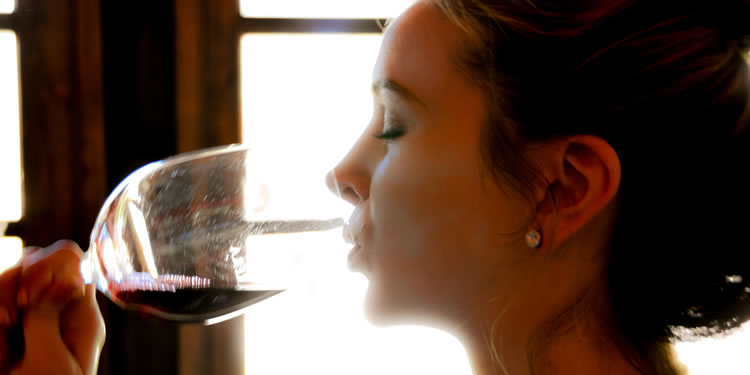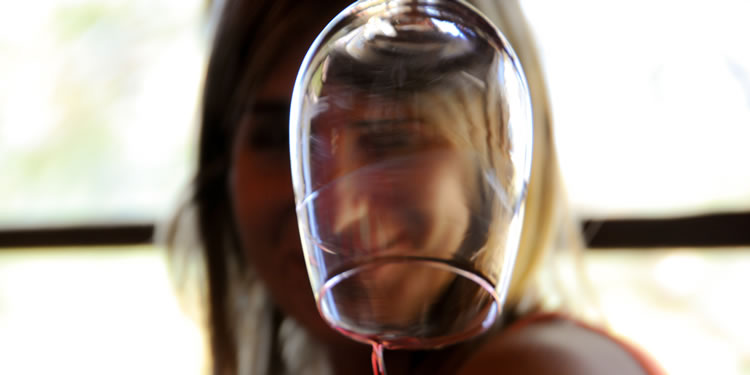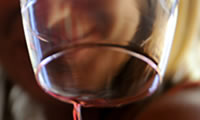" Tasting wine is to try attention a product whose quality we want to appreciate ; it is submitting to our senses and I know looking for different effects and qualities , in order to express them ; The tasting is studying, describe, define , judge and classify"
Peynaud

Also, and in a few words, we may say that winetasting is describing the intimacy of a wine.Winetasting basically consists in taking the necessary time to think about what we are drinking. If you focus all your attention in the wine by looking at it, smelling it and tasting it, you will have the possibility of experimenting all its shades.
The most logical form of approaching a wine is:
The most difficult part of appreciating a wine is describing verbally the sensations perceived in the tasting with detail and accuracy. This aim is reached by means of a mechanism that demands, first of all, to educate the senses, to memorize the sensations perceived and finally a vocabulary that may allow the translation of those impressions into probable values. And in this situation it is important to state that winetasting is an extremely subjective operation and that it is genetically proved that there are not two people that may perceive the same wine in an identical manner. If we add individual preferences to this factor, we will surely disagree with some descriptions.
How would you explain to somebody who has never tasted an orange what an orange tastes like, what sensation it produces in the mouth, what it smells of? That is why winetasting is a personal exercise. Think of the wines you like most and try to express why you prefer them. Is it sweet or dry? Does it cause a sensation of softness or toughness in your mouth? Compare these sensations with products you may recognize and identify and describe them with your own language.
It is quite different if we talk about professional winetasting, in which the use of typical terminology is essential so that the terms used have the same meaning for everybody.


With the glass slanted on a white background, watch the color and intensity of the wine: its appearance (clean, bright). Rotate the wine glass and see that there will be drops trickling down the sides of the crystal glass. These “legs or tears” will give us a hint of the body, texture and alcoholic strength of the wine.
Hold the glass by the stem and literally introduce your nose in the goblet. Breathe in deeply through your nose and try to perceive the aromas. Swirl the glass to release aromatic components and repeat the operation. Compare the perceived aromas with other odors you know. If it smells of fruit, try to precise what fruits: white or red? Tropical fruits or berries?
This is the moment when you confirm what you have noticed in the other two steps. Drink a sip of wine, large enough so as to impregnate all your tongue and the inside of your mouth. Suck in a small quantity of air and swirl the wine inside your mouth. Try to discover the tastes and textures of the wine, as well as the sensation it provokes. When you have discovered as much as possible, swallow it or spit, if you are to continue tasting.